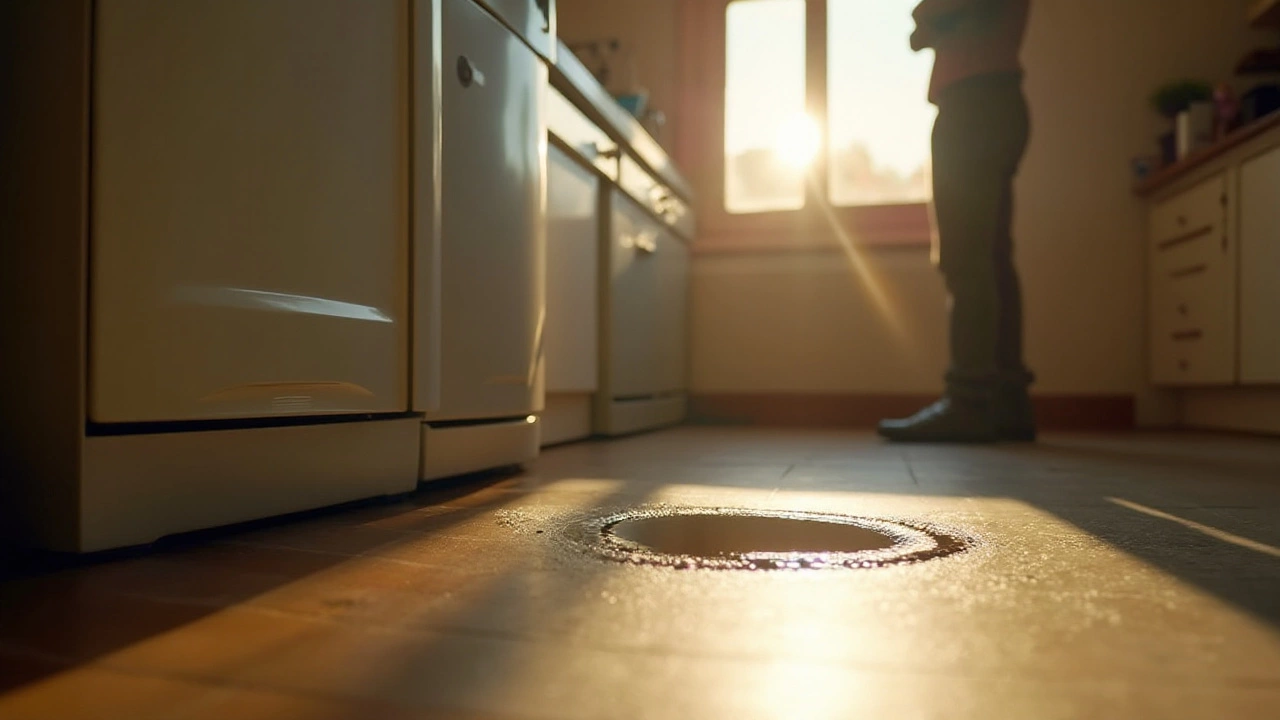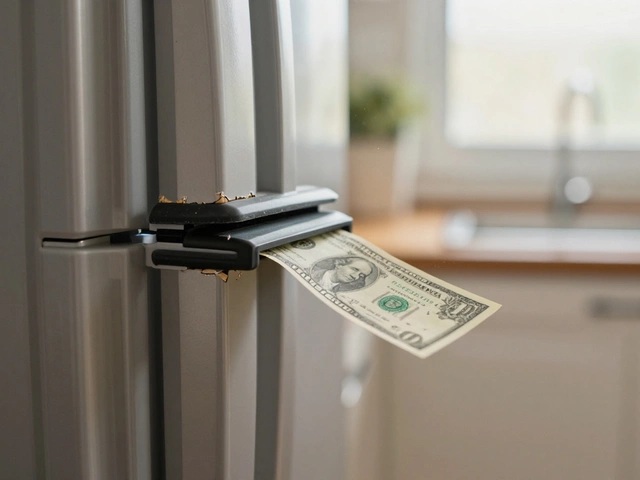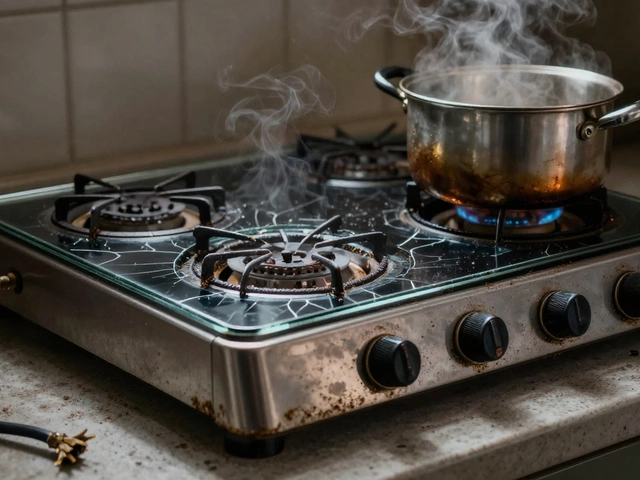Leak Repair Tips You Can Use Today
Got water pooling under your fridge or a puddle by the washing machine? Leaks are annoying, but most of them are easy to stop if you know where to look. Below are the most common sources of leaks in home appliances and simple steps you can take right now.
Common Sources of Leaks
Washing machines often drip from the hose connections, the pump, or the door seal. Check the hose clamps – they should be tight but not stripped. If the pump makes a humming noise before water spills, it might be clogged; a quick clean can often solve the problem.
Dishwashers usually leak at the spray arm, the door gasket, or the bottom tub. Look for food debris stuck in the spray arm holes; a toothbrush does the trick. The rubber gasket can dry out over time – just wipe it with a damp cloth and a bit of silicone grease.
Refrigerators with ice makers can leak from a blocked defrost drain or a cracked water line. A simple pipe cleaner can clear a blocked drain, while a cracked line needs a replacement kit – most hardware stores have the exact fit for common models.
DIY Fixes & When to Call a Pro
Start with the easy stuff: tighten loose connections, replace worn-out seals, and clear out any debris. Most leaks stop after these steps. Keep a bucket handy while you work; it saves the floor from extra mess.
If water keeps coming after you’ve checked hoses and seals, the internal pump or valve might be failing. Those parts are replaceable, but you’ll need a screwdriver set and the right replacement part. Follow the appliance’s manual – it usually has a parts diagram and step‑by‑step guide.
When you hear a loud grinding noise, see rust, or notice a foul smell, it’s time to call a professional. A licensed technician can safely test electrical components and ensure the repair meets safety standards. Trying to fix a motor yourself can be dangerous and may void warranties.
Quick tip: keep a leak‑log. Write down the date, appliance, and what you did. This helps you spot patterns and gives a plumber useful info if you need one.
Remember, regular maintenance prevents most leaks. Run a monthly check on hoses, clean filters, and give seals a quick wipe. A few minutes now saves you a flood later.
Need more detailed guides? Our blog includes posts on washing machine lifespan, dishwasher troubleshooting, and fridge repair – all packed with step‑by‑step instructions you can follow at home.
So grab a wrench, tighten that clamp, and stop the drip before it becomes a disaster. With the right leak repair tips, you’ll keep your home dry and avoid costly repairs.
Identifying Common Water Heater Leak Points and Solutions
- Alden Wilder
- Dec 21 2024
- 0 Comments
Leaking water heaters can be a major headache and potential hazard in your home. This article dives into the most likely places a water heater might spring a leak, helping you identify these weak spots before they lead to bigger problems. With practical tips and insights, you'll learn how to pinpoint issues early and possibly tackle them yourself. Whether it's the drain valve, pressure relief valve, or internal tank, knowing what to watch for can save time and money.
View More




